51+ Sample Learning Contracts
-
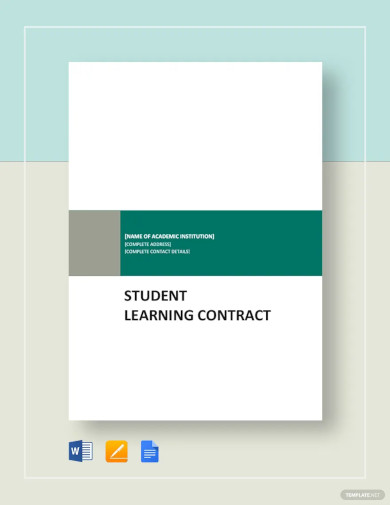
Student Learning Contract Template
download now -
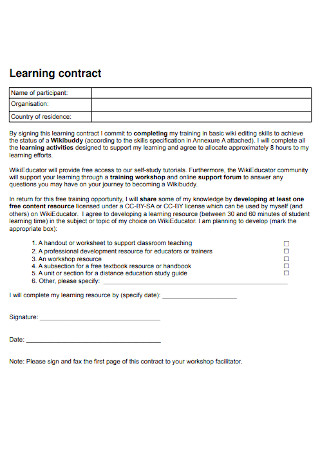
Social Work Project Learning Contract
download now -

Sample Internship Classroom Learning Contract
download now -
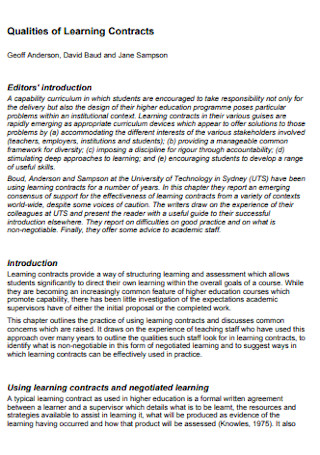
Nursing Qualities of Learning Contracts
download now -

Virtual Elementary Student Learning Contract
download now -
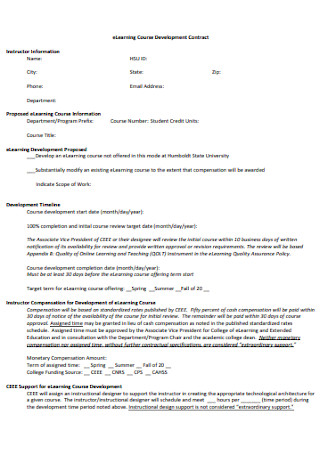
High School Student Learning Course Department Contract
download now -
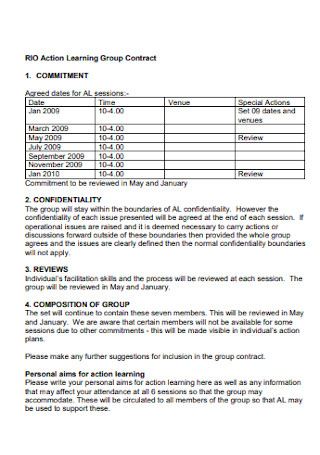
Action Learning Group 2nd Grade Contract
download now -

Learning Agreement Contract With Student
download now -

Internship Individual Learning Contract Example
download now -
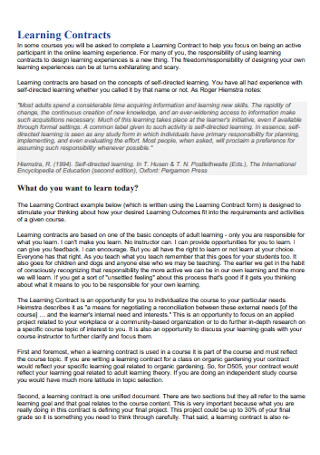
Simple Learning Practice Contract
download now -
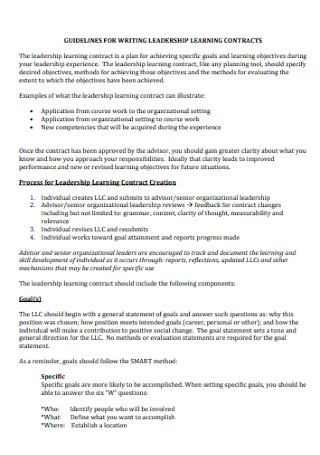
Kindergarten Leadership Learning Contract
download now -

Pre-registration Behavior Learning Contract
download now -
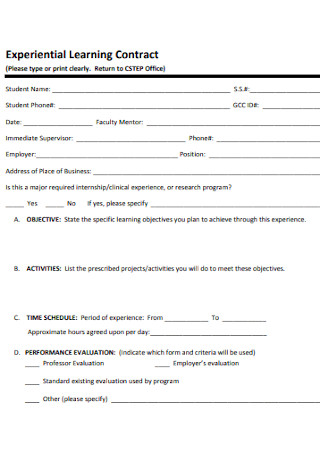
Experiential Job Embedded Learning Contract
download now -
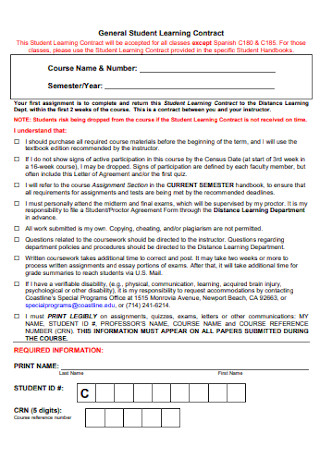
General Student Learning Contract
download now -
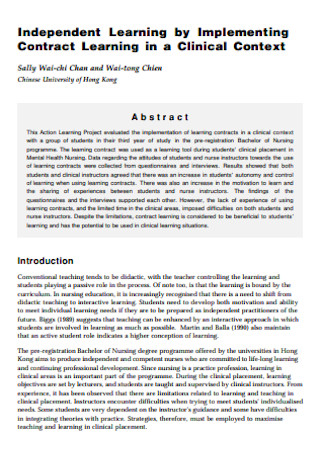
Independent Learning by Implementing Contract
download now -
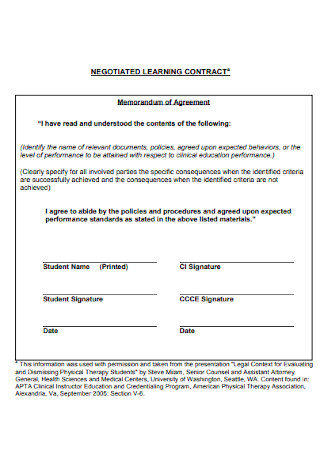
Negotaited Non Medical Prescribing Learning Contract
download now -
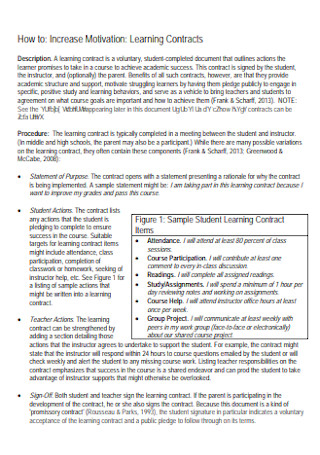
Motivation Health Learning Contract
download now -
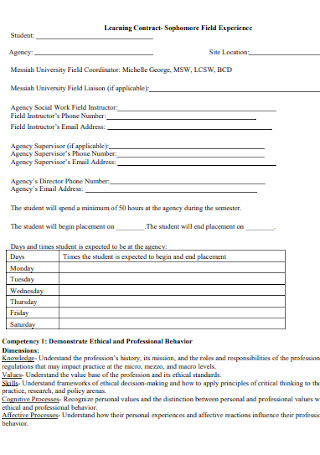
Field Learner Experience Learning Contract
download now -

Foundation Attendance Learning Contract
download now -
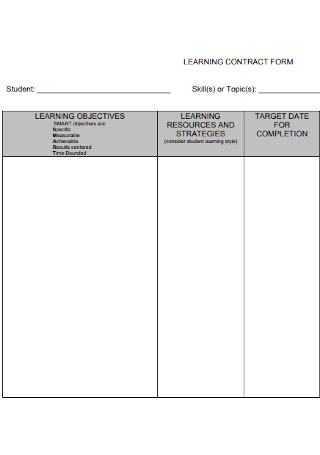
Work Completion Learning Contract Form
download now -
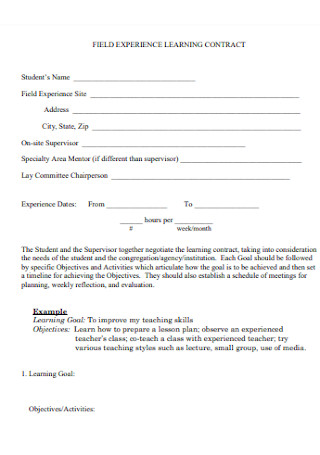
Weekly Field Experiace Learning Contract
download now -

College Commitment Learning Contract
download now -
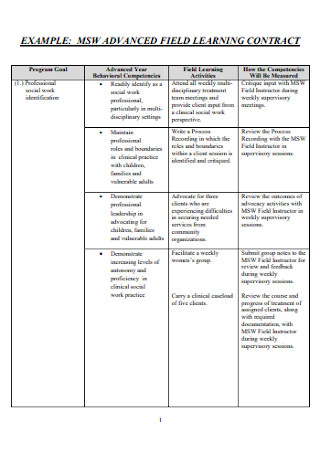
Advanced Field Learning Contract
download now -
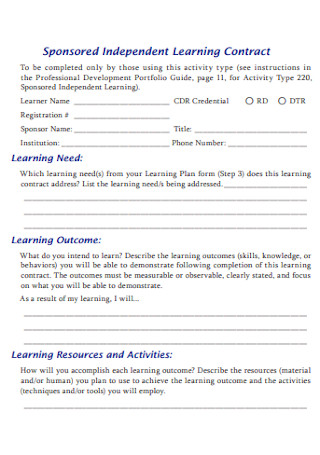
Sponsored Independent Learning Contract
download now -
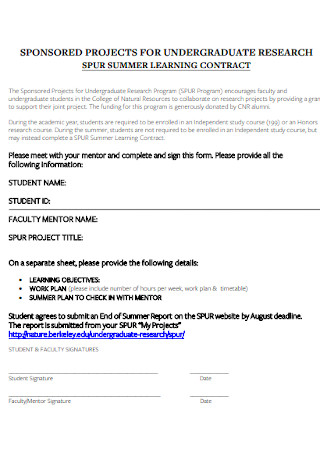
Summer Learning Contract Proposal
download now -
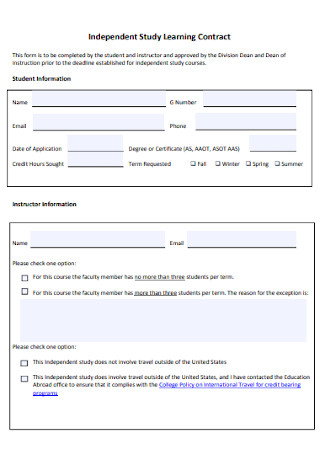
Independent Study Learning Contract
download now -
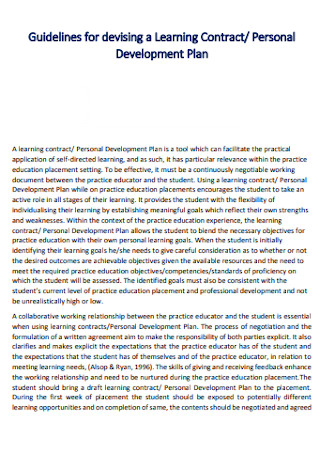
Personal Learning Contract
download now -

Negotiated Learning Contract
download now -
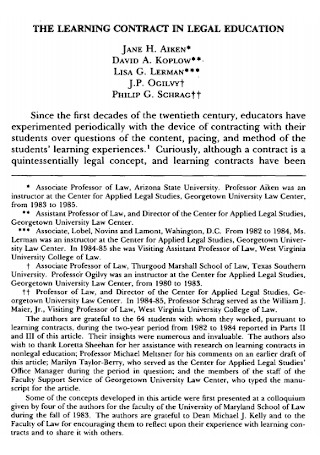
Learning Contract in Legal Education
download now -
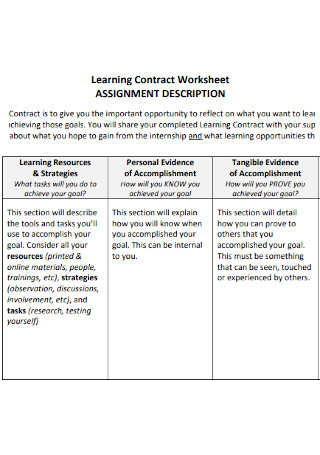
Learning Contract Worksheet
download now -
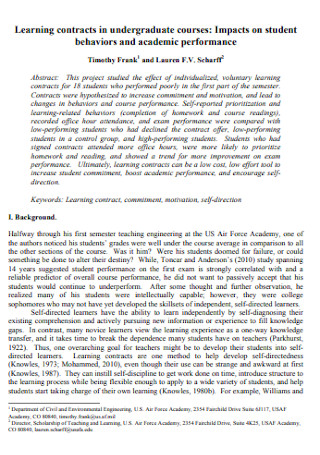
Learning Contracts in Undergraduate Courses
download now -
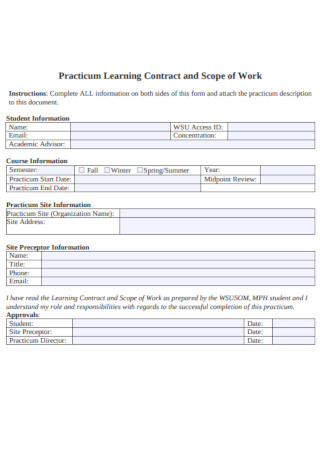
Learning Contract and Scope of Work
download now -
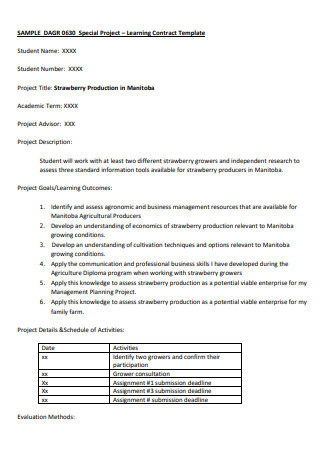
Sample Learning Contract
download now -
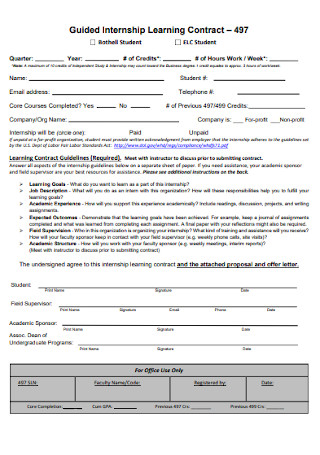
Guided Internship Learning Contract
download now -

History Internship Learning Contract
download now -
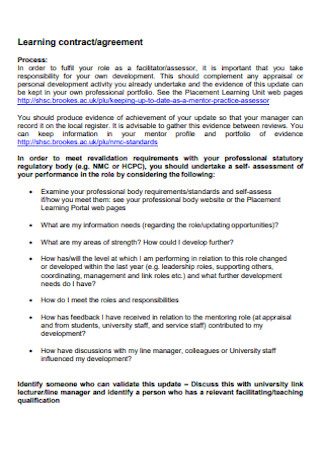
Learning Contract and Agreement
download now -

Learning Contract for Physical Education
download now -
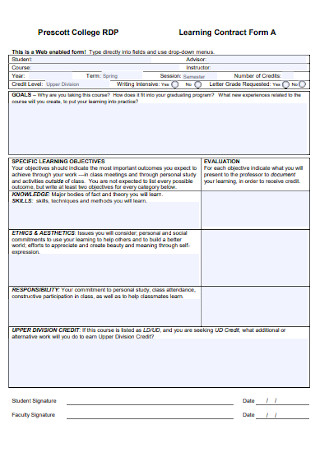
College Learning Contract Form
download now -
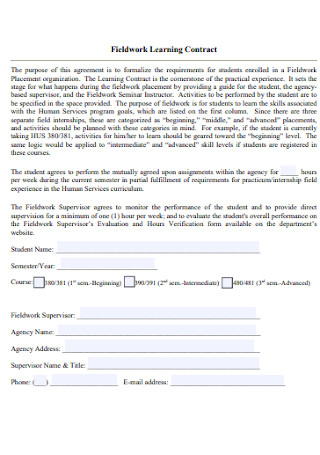
Fieldwork Learning Contract
download now -
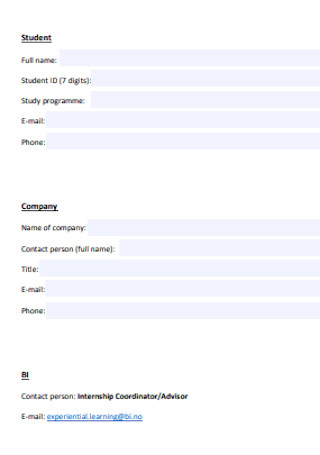
Learning Contract for Internship Bachelor
download now -

Internship Learning Contract
download now -
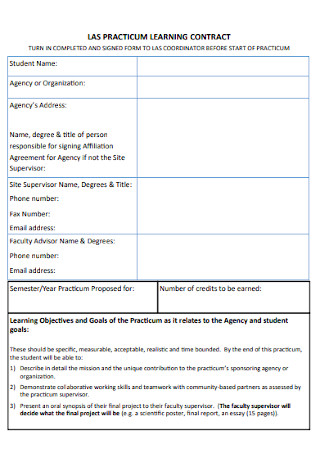
Practicum Learning Contract
download now -
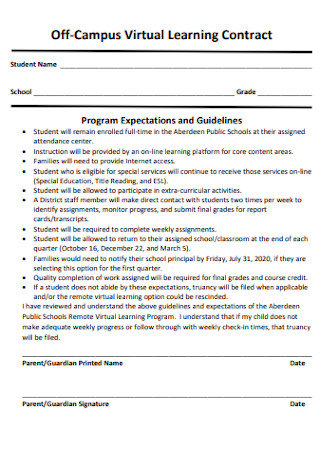
Off-Campus Virtual Learning Contract
download now -
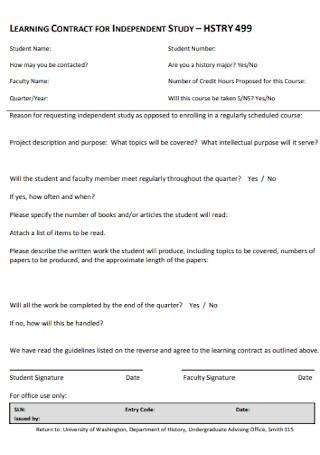
Learning Contract for Independent Study
download now -
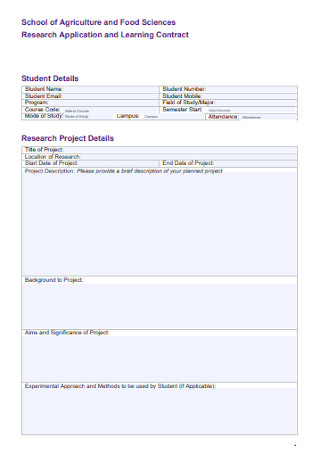
Research Application and Learning Contract
download now -
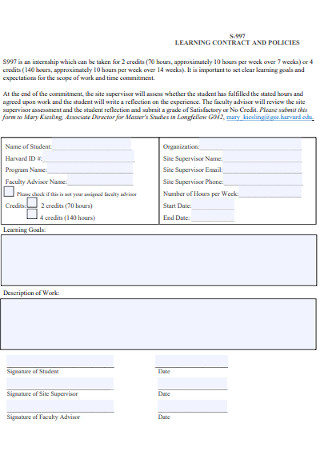
Learning Contract and Policies
download now -
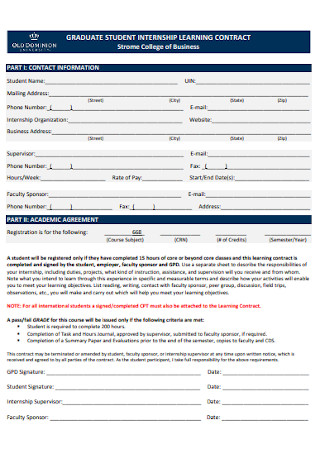
Graduate Student Learning Contract
download now -
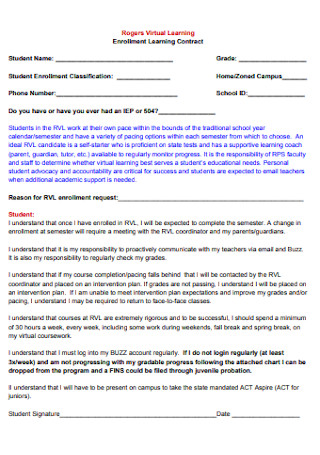
Enrollment Learning Contract
download now -

Virtual Learning Contract Template
download now -
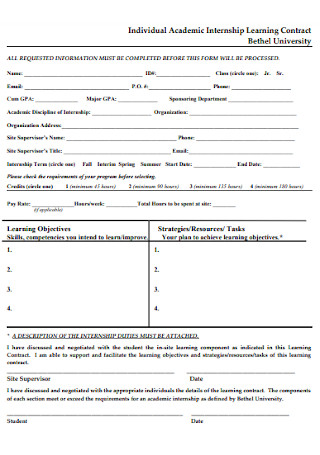
Academic Internship Learning Contract
download now -
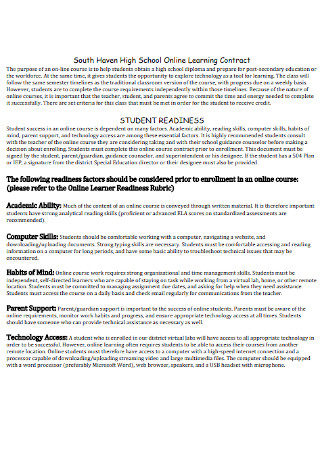
School Online Learning Contract
download now
FREE Learning Contract s to Download
51+ Sample Learning Contracts
What Is a Learning Contract?
Different Ways to Learn
Parts of a Learning Contract
How to Create a Learning Contract
FAQs
How do you write a learning contract?
What is included in a learning contract?
What is the objective of the learning contract?
What Is a Learning Contract?
A learning contract is a written agreement between a learner and an educator. Although, its goals and objectives may vary from case to case, the most fundamental goal of a learning contract is to help maximize learning capacity.
According to an online article by LinkedIn, continuous learning is important because it helps a person achieve self-actualization and helps maximize one’s potential. It also helps prevent stagnation. People who make the determined effort to constantly learn new things find that it is beneficial for both one’s personal and professional life.
Different Ways to Learn
Learning styles differ from person to person and can be classified into subgroups. One theory presupposes that there are visual, audio, and kinetic learners. Not everyone learns and absorbs knowledge in the same way; and there can be countless ways to gain knowledge. The following are just some examples of different ways to learn:
Parts of a Learning Contract
Learning contracts vary and can contain multiple sections. Some are simple and straightforward while others are more detailed and complex. The examples below are common features found in a learning contract:
How to Create a Learning Contract
If creating a learning contract from scratch seems too intimidating and time-consuming for you, using an existing template will make it easier. Just make sure you know what you want included in your contract then follow the steps below:
Step 1: Identify the Parties
Begin your contract by introducing the parties involved. Use the complete name when identifying each party. Make the text bold for the names of the parties. Stick to a standard format and provide the date and title for the contract. You also have the option to include the complete addresses of both parties.
Step 2: Establish Learning Objectives
A fundamental part of a learning contract is the objectives. Why does the student need a learning contract in the first place? What should the student accomplish before the contract expires? It is important to lay down the objectives at the beginning of the agreement. It will consequently set the tone of the entire contract. Try sticking to just a couple of learning objectives to stay realistic and focused. As much as possible, use direct and descriptive language when detailing your learning objectives. The more concrete the goals are, the better.
Step 3: Assign the Work
Identify the resources that can be utilized to meet the learning objectives. Assigning the work basically means how you plan to act and approach the learning goals. The section should outline and break down the terms and conditions. Aside from a detailed plan of action, you should also include general guidelines such as termination policy, liability clauses, payment terms, etc.
Step 4: Update and Evaluate
A learning contract will be unsustainable if there is no concerted effort to maintain positive results. It is vital to check in and assess the performance of the student. How frequent or regular the evaluations may be stipulated and specified within the contract. For example, you can insert a condition wherein the student is subjected to periodic evaluations for more effective tracking of their learning progress.
FAQs
How do you write a learning contract?
To write a learning contract, you need to identify the parties in the agreement and state their complete names and/or name of the organization. Afterwards, the bulk of your contract must contain information and the terms regarding the nature of the agreement. Refer to the concepts and tips above for ideas on what to include in your learning contract.
What is included in a learning contract?
A learning contract can consist of both specific and general terms. Depending on the nature of the contract, some will include the learning objectives, lesson schedules, as well as the roles and responsibilities of both student and instructor. Others are more generic and will only stipulate general liability terms, payment guidelines, and severability clauses, etc.
What is the objective of the learning contract?
The objective of a learning contract is to establish and execute a clear and definite learning goal that will benefit the student-learner. A learning contract also encourages and empowers the student to be more accountable with his education. It promotes proactive intention and cultivates a sense of responsibility.
Learning contracts are for those who want to make conscious decisions to improve the quality of their education. Even though it may come with pressure and high expectations, the benefit of a learning contract is that it promotes a sense of responsibility for one’s education and learning. Browse the several sample templates above to get started on yours now!
